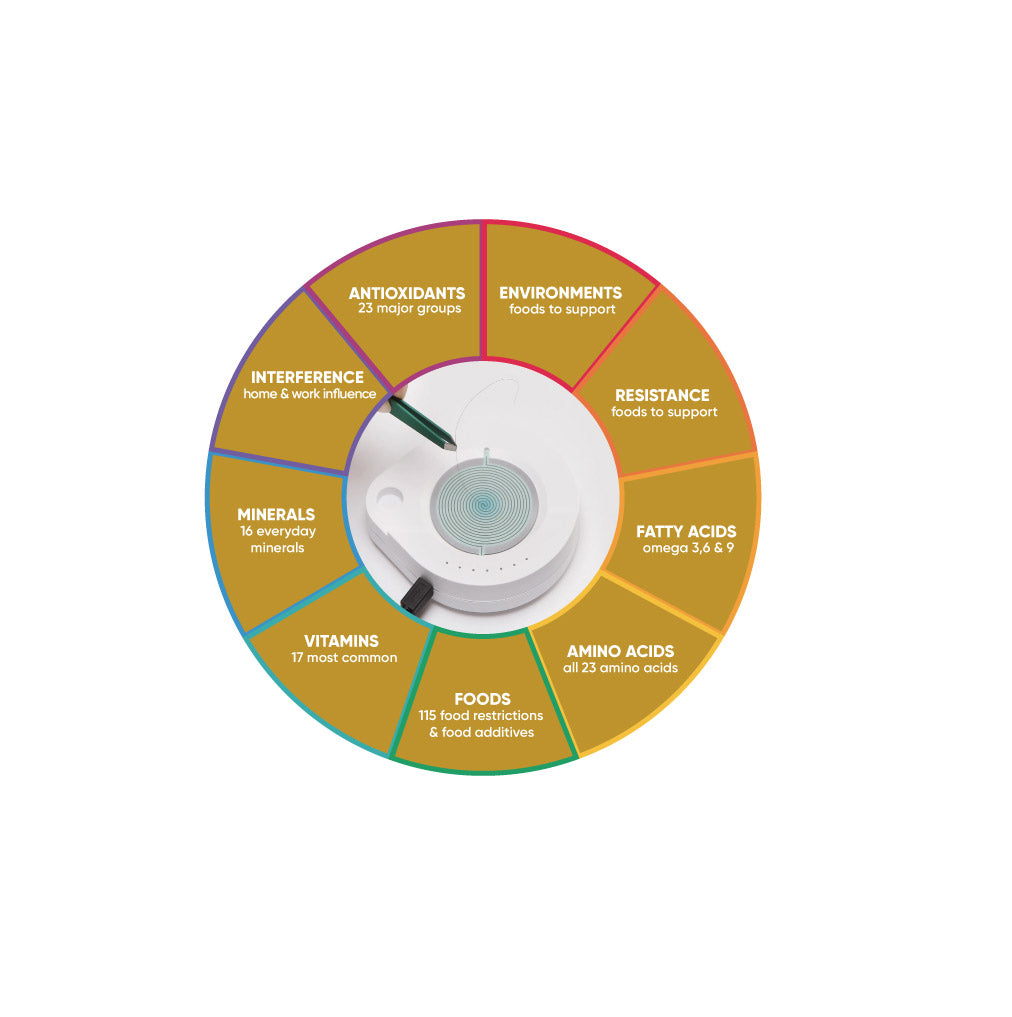
epigenetics science
epigenetics is the science that shows that we do not need to be victims of our genetic inheritance. the human genome project, was expected to confirm the existence of over 100,000 individual genes.
however, it was discovered that only 23,000 genes make up the human genome, barely more than the common fruit fly and far less than those found in a grain of rice.
this raised the question of what else could be controlling gene expression?
the answer is epigenetics, which is the interaction between environmental signals and the process of adaptation that living systems use to thrive. back in 1700’s jean-baptistel amarck proposed that life forms could acquire ‘information’ from their environment and incorporate it into their epigenome.
quantum physics was incorporated into the field of molecular biology by erwin schrödinger to set the basis for what we now know as epigenetics.

why the hair bulb is an epigenetic marker
hair belongs to the integumentary system that develops from the ectoderm and thus it has the same embryological origin as the nervous system. therefore it shares the same characteristics as the neurons when it comes to sensation.
the root/bulb of the hair is the only part of the hair that is alive. meaning it is able to self-regulate and self-replicate. It feeds from the blood vessels that bring information and nutrients from the systemic microcirculation which is subcutaneous through the papilla.
the hair and its bulb are in fact an antenna that is constantly sensing and thus detecting environmental signals emanating from the micro and macro environment. so much so, that within the pilosebaceous unit there is a muscle called the arrector pili muscle, which are small muscles attached to hair follicles and are the smallest muscles in the body.
this is the muscle that works as much as the cardiac muscle, since it is constantly sensing not just changes in temperature and atmospheric pressure, but vibration through resonance, and frequencies from the ecosystem and the surrounding area. the arrector pili muscle, along with the hair root bulb, were over-looked until recently as important environmental sensors - even though the hair has been accepted as an excellent bio marker.
the arrector pili muscle reacts instantly to a systems shock and fear, causing the hair to ‘stand on end’. the arrector pili muscle also relaxes when the system is calm. in addition its ‘sensing’ abilities have also been associated with the forewarning of impending danger. the arrector pili muscle also expands and contracts when the system is over heated or cooled. therefore the root bulb stores the epigenetic resonance information as it is connected to the arrector pili muscle.

why the report empowers wellbeing
environmental and nutritional impact on a system is reflected in this cascade of information. a useful analogy of this effect could be viewed as a pebble thrown into a pond and causing ripples which radiate out. these ripples (waves) carry much more information about the potential impact of the environment than just looking at the pebble alone. the small waves are constantly moving, interacting and adapting to all of the other environmental waves in the pond, before they fade away.
cell wellbeing's epigenetic technology allows us to understand the interactions of impacts from the whole environmental picture and not just see each impacting wave or even the pebble in isolation. It is this information which provides users with new and completely different views of their living environment.
fresh hair bulb and shaft information must be digitized within the first 3 minutes of plucking, for those who are keen on a preventative, ongoing, anti-aging nutritional strategy. this type of information is obtainable by scanning four strands of hair and their roots. In many cases, the 30++ page report reflects underlying environmental and dietary issues long before they present physically. the hair and their roots should be plucked from the occipital bone above the nape of the neck.
indications of a wide range of nutritional issues are highlighted in this type of epigenetic information before they appear as physical needs or actual deficiencies. the returned environmental statement could indicate that there is a high probability that some of the nutritional stores are empty, even when the blood or tissues show normal levels. as the signature waves are not a physical measure, but a carrier of information, they display a different picture of what may need addressing. knowing this allows people to consider preemptive measures against premature ageing, or performance issues, by correcting potential weaknesses or other issues associated with a poor nutritional diet or a toxic environment.

epigenetic mapping
our german epigenetic mapping and indexing program ranks the intensities, before using the data to generate the charts contained in the epigenetic environmental Statements and nutritional optimization maps.
each 34 page map reflects the personal environmental influences which could be impacting a person as seen through the information gathered by the s-drive. The mapping covers the following categories and items.
- vitamins x 16 most common
- minerals x 16 most common
- essential fatty acids x 6
- antioxidant x 13 groups
- amino acids x 23
- toxins – chemicals, radiation, toxic metals
- microbiology – bacteria, fungus
- moulds/spores, parasites, virus
- electro smog EMF & ELF x 14 major categories
- gut and intestinal stressors
- circulatory stressors
- muscle recovery stressors
- food intolerances and food additives to avoid




